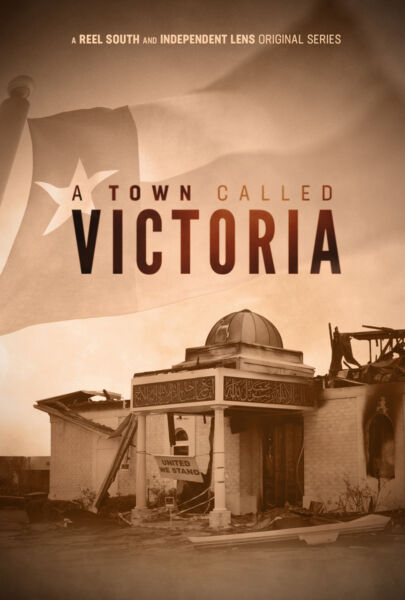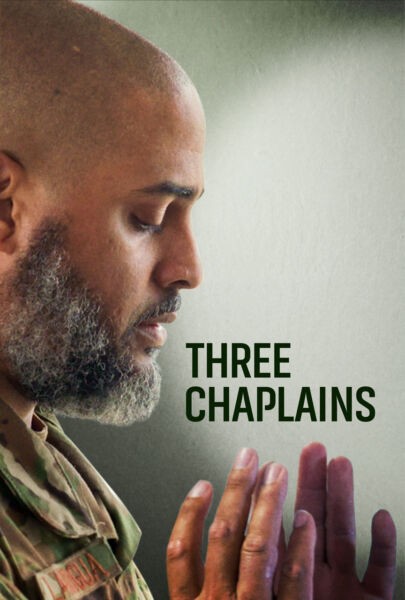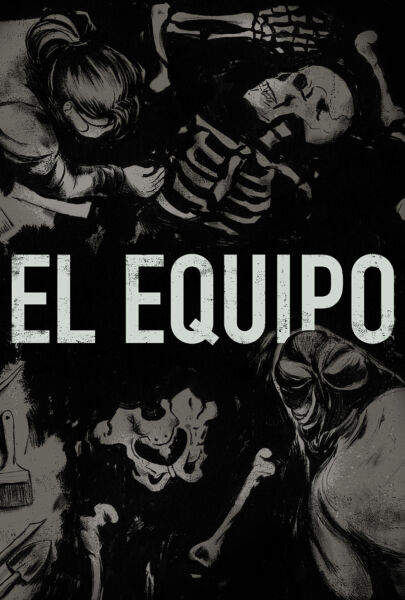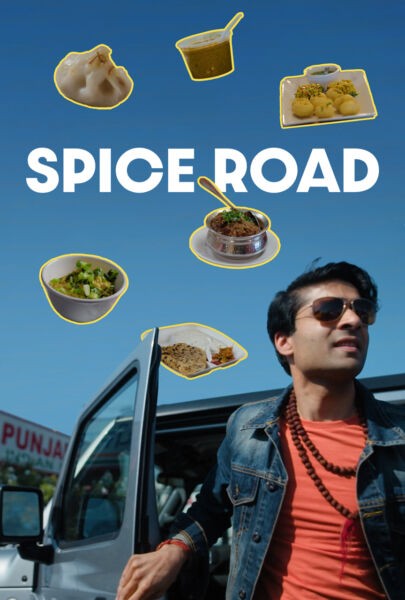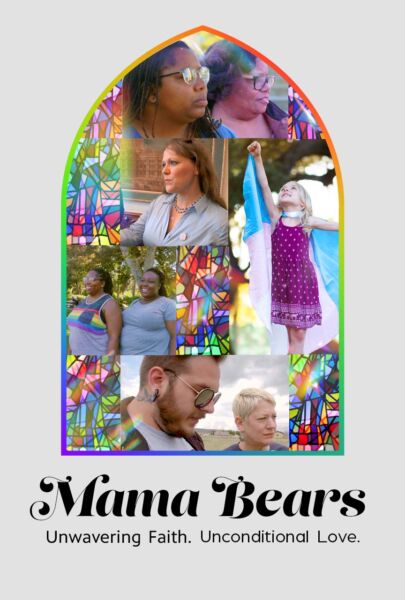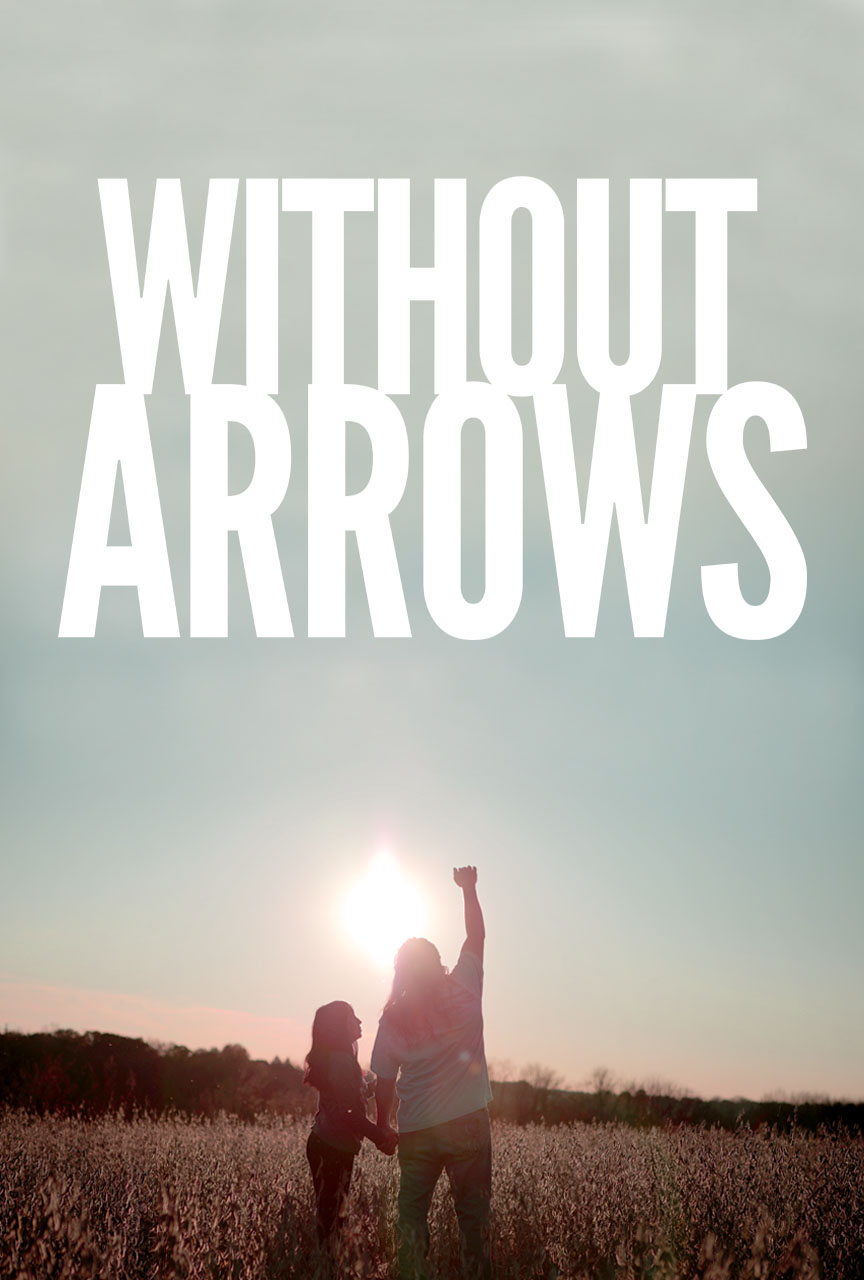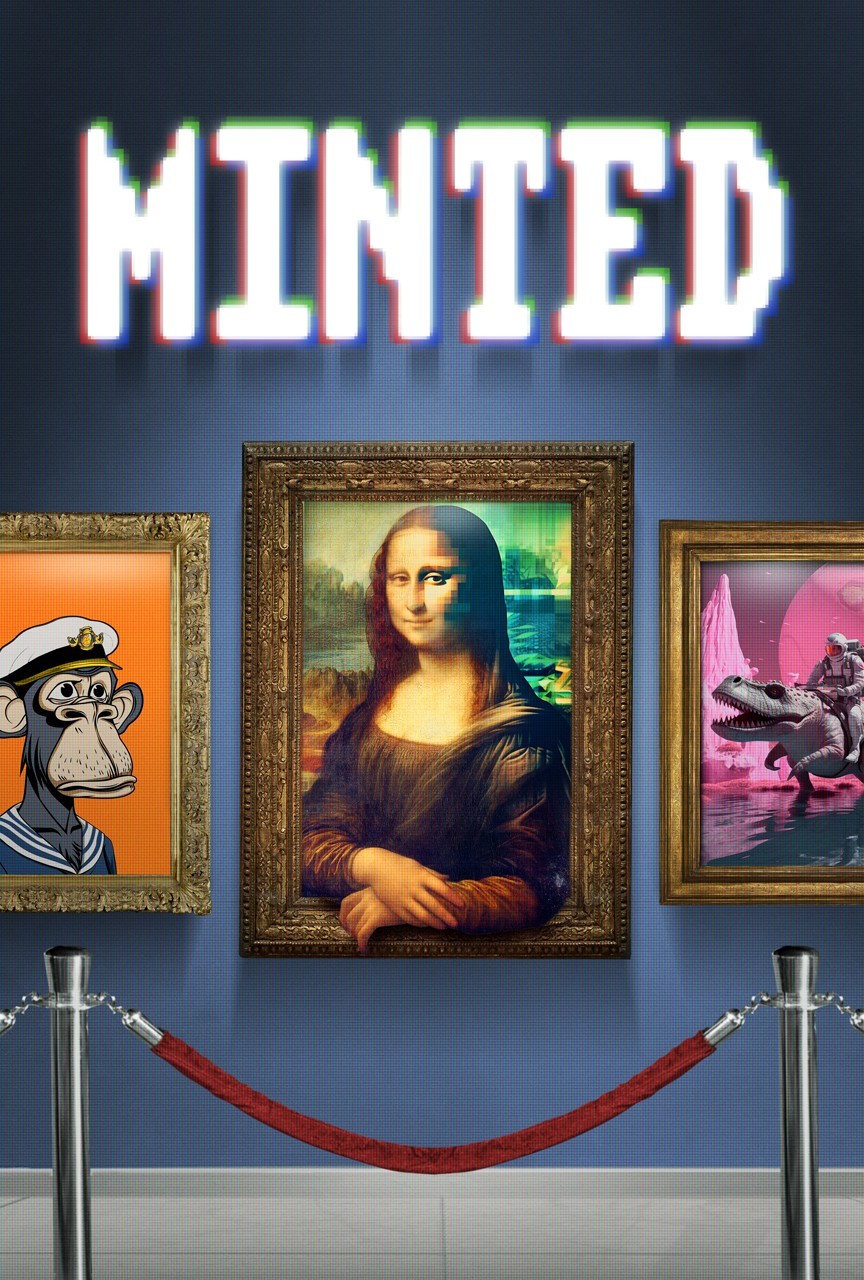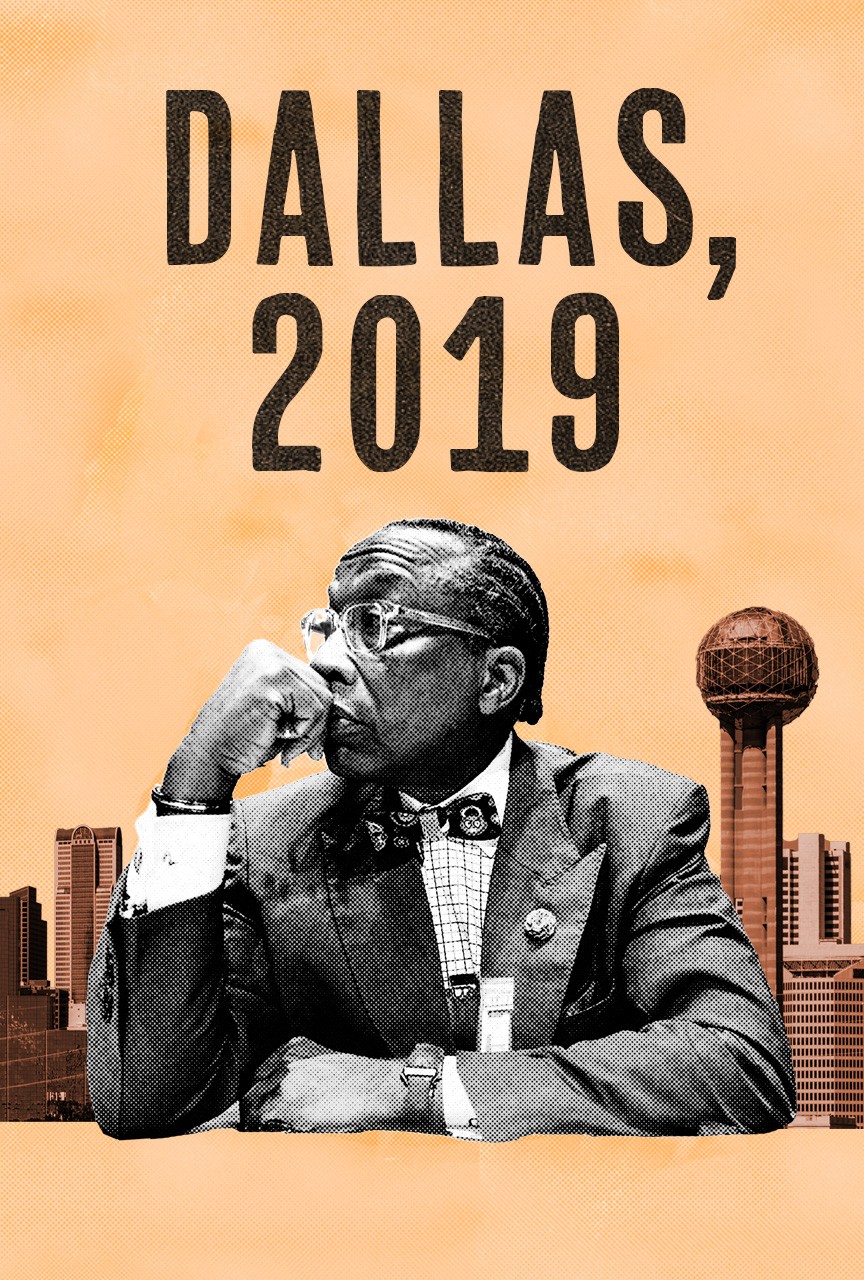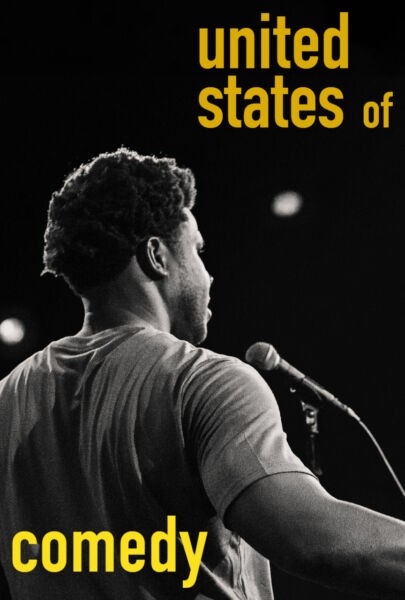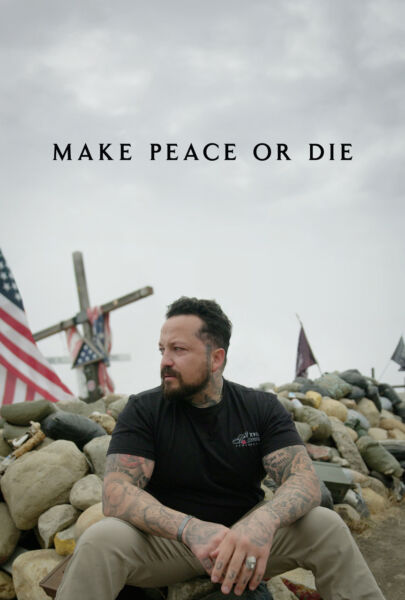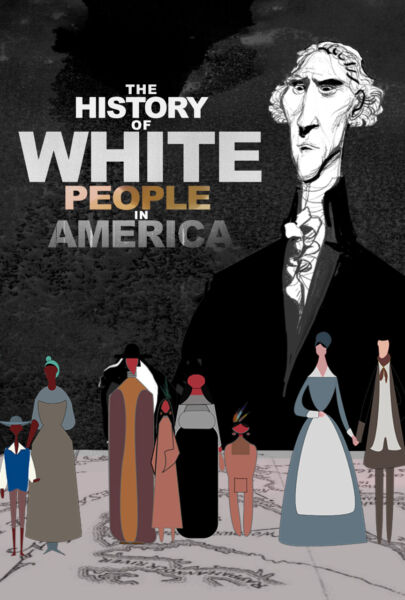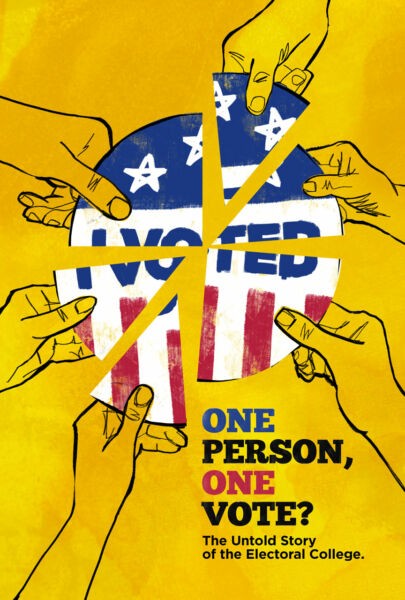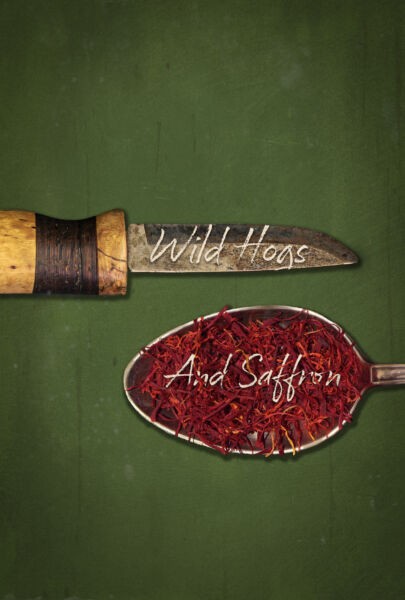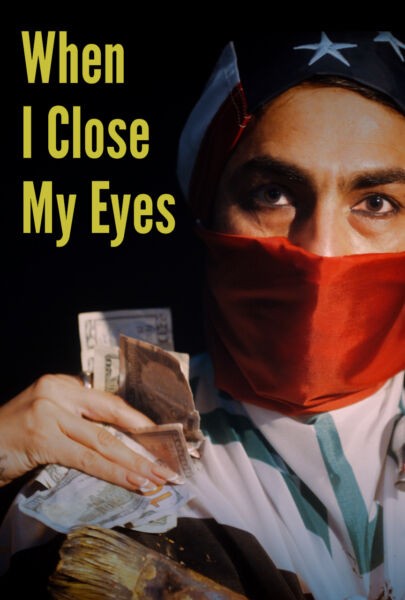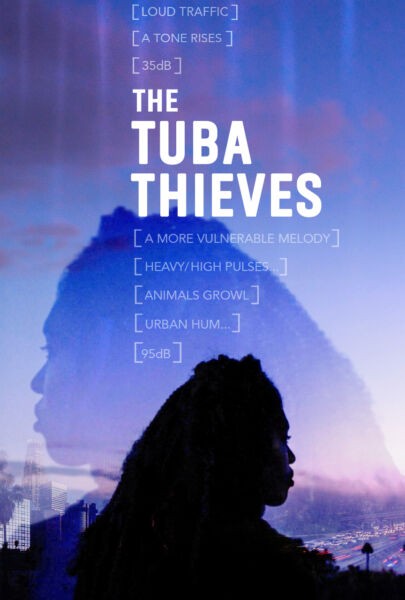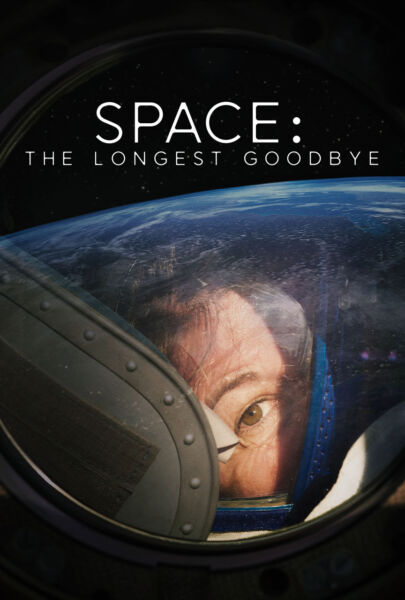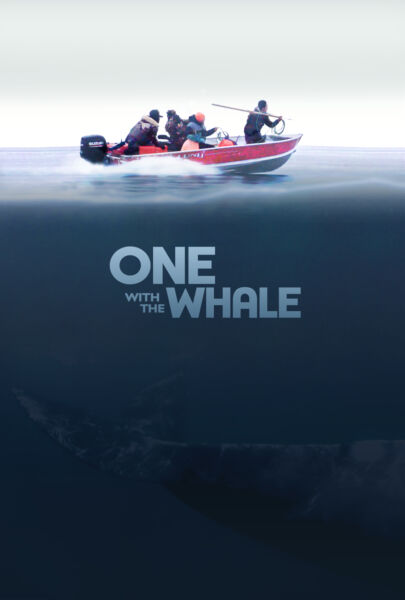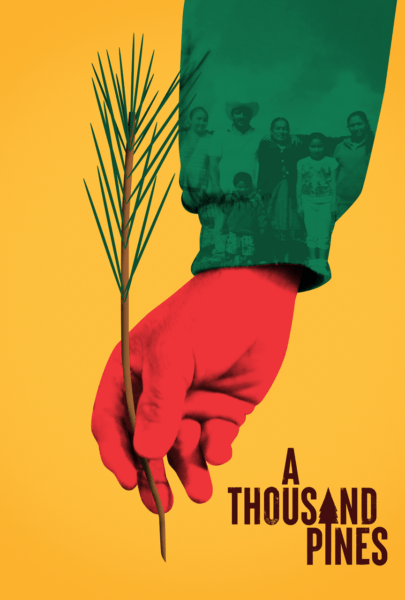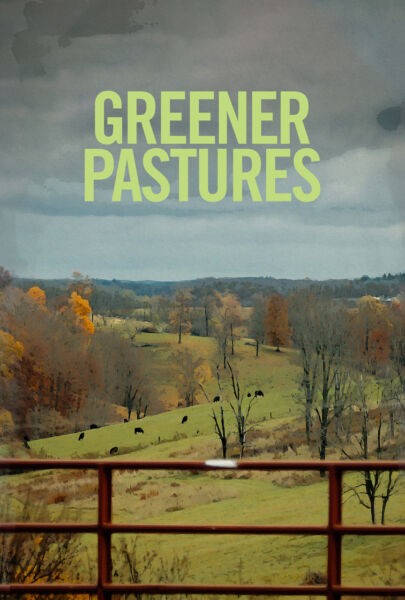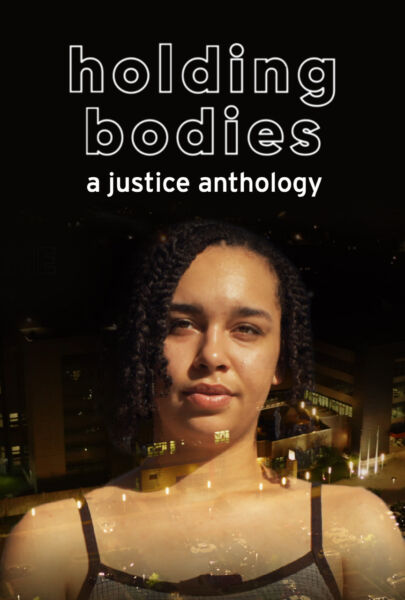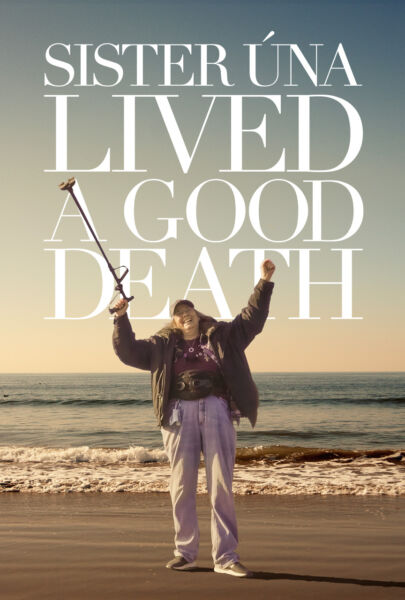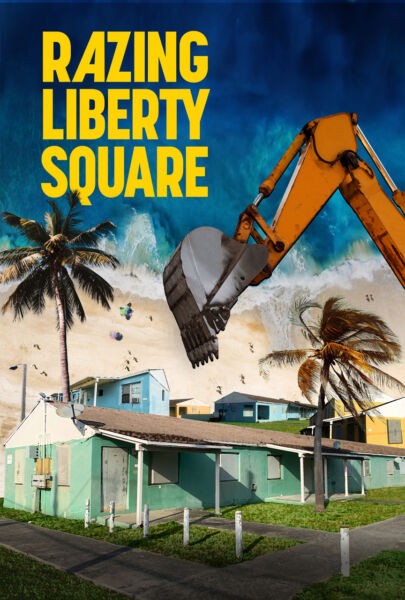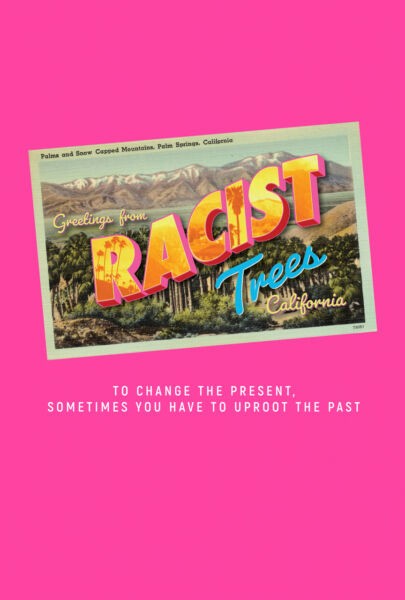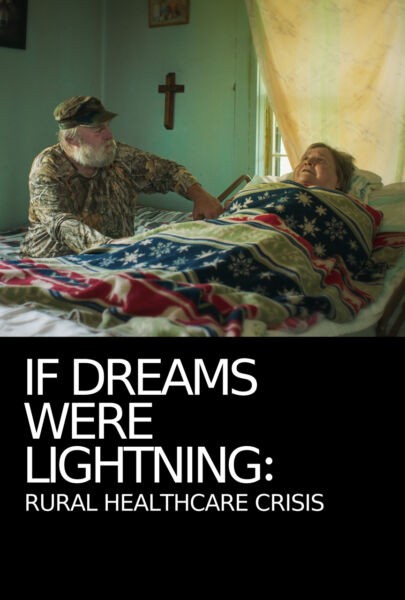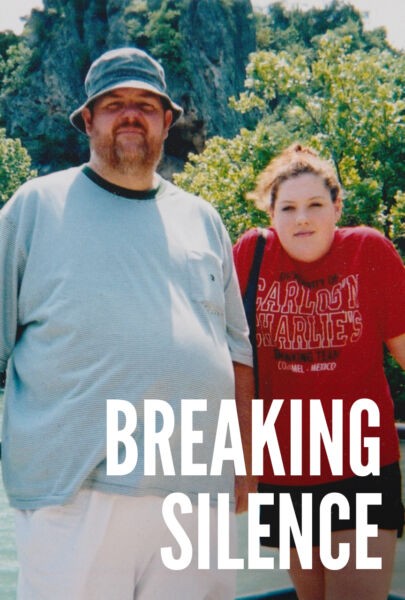Tomorrow is the premiere of Reel Injun: On the Trail of the Hollywood Indian. We caught up with filmmaker Neil Diamond to talk about the film and his motivations.
What impact do you hope this film will have?
I hope it will make people question their opinions and beliefs about Native people and perhaps go out and see some of the many films Native people have been making for a number of years now.
What led you to make this film?
The idea for Reel Injun came from questions people asked me about Native people when I first moved to the south to study. Like, did we still live in teepees and ride horses?
Being a sub-arctic Cree, I couldn’t believe how naïve they were, until I realized their idea of Natives came mostly from the films they’d watched of Indians on horseback, who lived in teepees, on the plains. Then I understood: for there was a time, as a boy, when I thought that was how my ancestors had lived, too.
What were some of the challenges you faced in making this film?
A huge headache for many people was getting the rights to stock footage, the 1973 Oscar clips in particular.
How did you gain the trust of the subjects in your film?
I don’t know if I had to gain their trust at all. At least most of them. It seemed as if they already trusted me when I first contacted them. Perhaps it was because this was a subject most of them had thought about long before we started filming.
What would you have liked to include in your film that didn’t make the cut?
I would have liked to have told the story of the German fascination with Native Americans and how still today hundreds of them will gather in the German countryside and play “Indian.” That would have been a weird little story to tell.
Tell us about a scene in the film that especially moved or resonated with you.
The story of the Wounded Knee standoff and the 1973 Oscar broadcast still moves me. I think it’s true of many Native people who’ve seen the film.
What has the audience response been so far? Have the people featured in the film seen it, and if so, what did they think?
Many of the people featured in the film have seen it. A majority of them have really liked what they saw. Russell Means was a bit more “diplomatic.” He said, “Don’t get me wrong, Reel Injun‘s pretty good! White people will like it!”
The independent film business is a difficult one. What keeps you motivated?
What keeps me motivated is the reactions the film’s been getting from people, Native and non-Native. Another motivation is the desire to tell Native stories that many many people haven’t had a chance to see and hear.
Why did you choose to present your film on public television?
I am a big fan of public television and watch it whenever I stay in hotels. When we first had TV on the reservation, it was one channel and it was public TV.
What didn’t you get done when you were making your film?
We weren’t able to film in Germany, Thailand, and Finland. Germany and Thailand are still fascinated with Native Americans and a lot of their ideas of them come from films they have seen. The Sami people of Finland have a similar history in terms of how their people were presented in films.
What are your three favorite films?
The Godfather, Once Were Warriors, and One Flew Over the Cuckoo’s Nest.
What advice do you have for aspiring filmmakers?
Get yourself awesome, creative producers who believe in the stories you want to tell.
What do you think is the most inspirational food for making independent film?
Roast Canada goose and moose stew with dumplings. Rabbit with dumplings is also inspiring.

